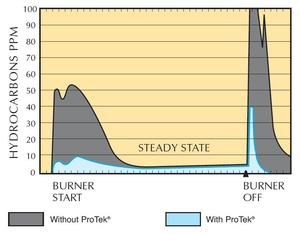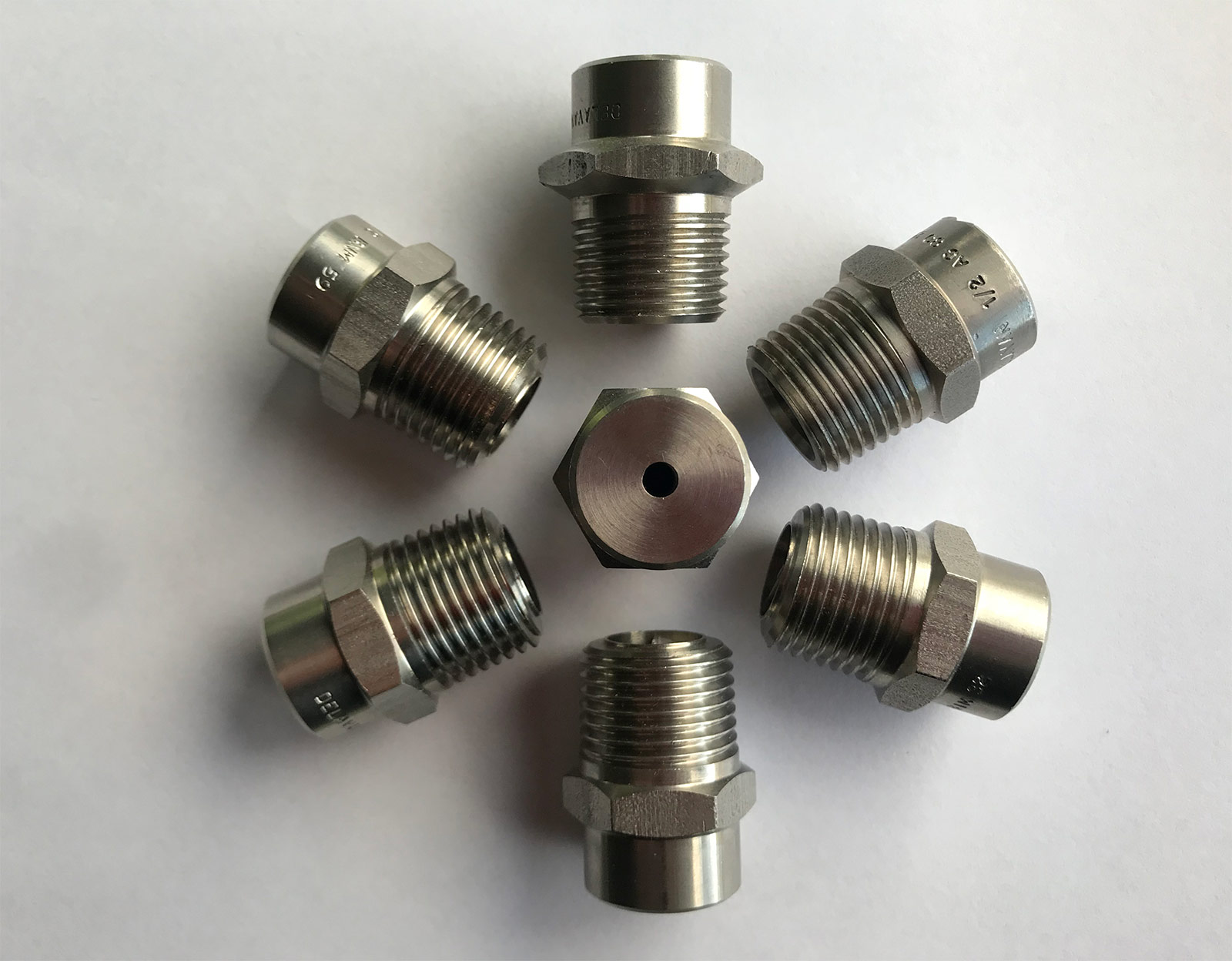15 Oct PROTEK
OIL HEATING PRODUCTS – STANDARD COMBUSTION APPLICATIONS
The all-new Delavan ProTek® Nozzle System provides the first step into the future of Clean Air Technology®. This unique, patented System from
Delavan provides significant reductions in combustion pollutants for cleaner air. The ProTek Nozzle System includes a factory-installed, one-piece Valve Component which reduces smoke and oil smell in the off cycle by preventing oil after drip from the nozzle. Also, the reduction of smoke (carbon and soot) helps maintain burner set up efficiency longer and extend the time period between appliance clean ups. Installation is fast and easy; there’s no need to increase pump supply pressure at installation because there’s no pressure drop. Plus, ProTek Nozzle Systems maintain the same flow pattern and flow rating characteristics of comparably rated Delavan nozzles. The dramatic benefits of the ProTek Nozzle System are available in either a factory-installed, complete system or as the ProTek Valve Component sold separately to replace the standard filter on a Delavan nozzle.
Hydrocarbon emissions are greatly reduced when the Delavan ProTek® Nozzle System is used. Hydrocarbons are typically elevated at start-up and shut-down of the nozzle firing, as both of these graphs show. When the ProTek Nozzle System is installed, the dramatic benefits are seen in these charts which show comparative results with and without the ProTek® valve. Results will vary by application.
TEK TALK
The Delavan ProTek® Nozzle System has been thoroughly tested. In the tests, approximately seven years of “on/off” cycle operation simulation in the laboratory with no failures. A total of 107,000 cycles were recorded. After the first 11,350 cycles, the cut-on pressures shifted upward an average of 3.0 PSI. The cut off pressure shifted up an average of 7.75 PSI. After this initial seating process, there was very little change of either “on” or “off” pressures. Very little change in nozzle flow was noted after 107,000 cycles, either. Additional testing has included pressure tests up to 500 PSI (34,5 BAR), as well as combustion tests and tests with various fuels such as kerosene, #2, and heavier oils. Detailed test results are available from Delavan Technical Services.
CAPACITY CHARTS





Sorry, the comment form is closed at this time.